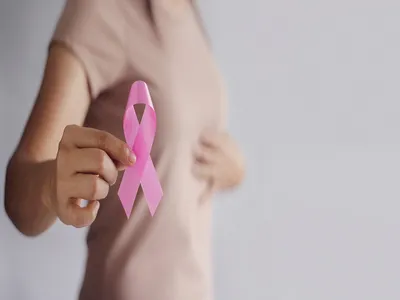How to Detect Signs of Breast Cancer: A Guide to Self-Diagnosis

Breast cancer is the most common type of cancer among women globally, and early detection is crucial for effective treatment. Self-diagnosis of breast cancer involves being aware of its signs and conducting regular self-exams.
Conducting self-exams
Women should begin conducting self-exams at the age of 20 and be taught to do so before that. It is recommended to self-examine at least once a month. Women should lie down and use their fingers to check for lumps or other abnormalities in both breasts and the surrounding areas, including the armpits.
Breast cancer symptoms
It is important to be aware of the following signs of breast cancer in women: a lump or mass in the breast or armpit, pain or tenderness in the breast or nipple, swelling or thickening of the breast tissue, changes in the shape or size of the breast, nipple discharge that is not breast milk, nipple inversion or retraction, and redness or pitting of the breast skin. If any of these symptoms are noticed, it is important to immediately see a medical professional.
Seeking professional help
While self-exams and awareness of signs and symptoms are important tools for self-diagnosing breast cancer, it is mandatory to seek help from a doctor if you notice any abnormalities or changes. A doctor can perform a clinical examination and may recommend further testing, such as a mammogram or biopsy, to diagnose or rule out the disease. Regular breast cancer screenings, such as mammograms, are crucial for early detection.
In conclusion, breast cancer is a serious disease, and women should be aware of the signs and symptoms to ensure early detection and treatment. By conducting regular self-exams and seeking professional help, women can take charge of their health and well-being.
